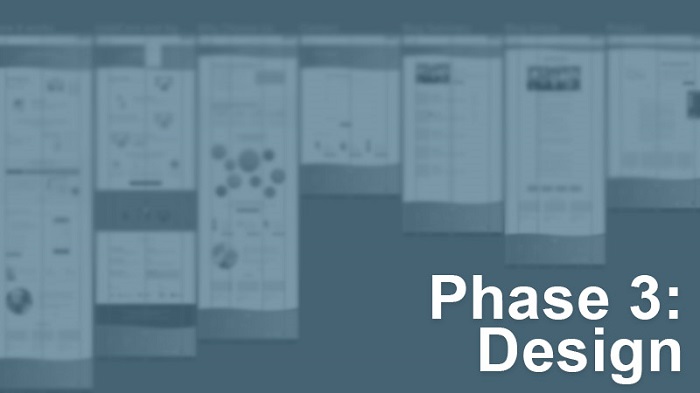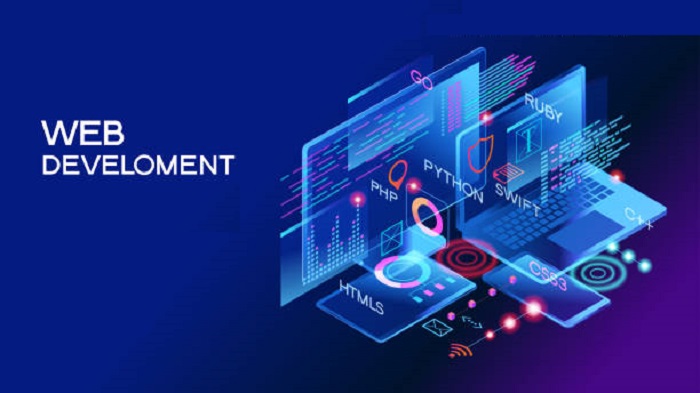Web Services IT infrastructure & managements.
We are Serve all types of web services in IT Sector. like as web services include any software, application, or cloud technology that provides standardized web protocols (HTTP or HTTPS) to interoperate, communicate, and exchange data messaging – usually XML (Extensible Markup Language) – throughout the internet.
We are Web services provider orginazation that creates and hosts Web Services. We publishes information about the Web Service so prospective consumers can discover and use it.
We follow a web service implementation lifecycle refers to the phases for developing web services from the requirement to development. we are following phase follow to deploy web services.
In requirements phase is to understand the business requirement and translate them into the web services requirement. The requirements grouped in a centralized repository where they can viewed, prioritized, and mined for interactive features.

The purpose of acquisition planning in the Requirements Analysis Phase is to allocate the requirements among development segments, research and apply lessons learned from previous projects, develop a schedule that lists activities for completion and work products to be produced with appropriate estimated completion dates, identify potential product and service providers, and award contracts.
The purpose of the analysis phase is to refine and translate the web service into conceptual models by which the technical development team can understand. It also defines the high-level structure and identifies the web service interface contracts.
The Analysis Phase is where the project lifecycle begins. The Analysis Phase is where you break down the deliverables in the high-level Project Charter into the more detailed business requirements. The Analysis Phase is also the part of the project where you identify the overall direction that the project will take through the creation of the project strategy documents.

The process of gathering requirements is usually more than simply asking the users what they need and writing their answers down. Depending on the complexity of the application, the process for gathering requirements has a clearly defined process of its own. This process consists of a group of repeatable processes that utilize certain techniques to capture, document, communicate, and manage requirements.
"'A deep understanding of a project's goals is key to successful design and development. That's why Design Discovery is a must before deciding on product design solutions'"
In this phase, the detailed design of web services is done. The designers define web service interface contract that has been identified in the analysis phase. The defined web service interface contract identifies the elements and the corresponding data types as well as mode of interaction between web services and client.

Web designers often think about the web design process with a focus on technical matters such as wireframes, code, and content management, Yes this is a important part of this phase.
The coding and debugging phase for Web Service implementation is essentially quite similar to other software component-based coding and debugging phase. The main difference lies in the creation of additional Web Service interface wrappers (to expose the components' public APIs), generation of WSDLs and client stubs.

The development phase involves the actual building of the website. Developing the client-side and server-side of the website is accomplished in this stage. It is the most time-consuming part of the website development process. we integrate all the information that we had collected from initial phases. Creating Database, logic & actual programming is done here.
In this phase, the tester performs interoperability testing between the platform and the client's program. Testing to be conducted is to ensure that web services can bear the maximum load and stress. Other tasks like profiling of the web service application and inspection of the SOAP message should also perform in the test phase. following phase are a part of web Services testing.
- Functionality Testing.
- Usability Testing.
- Interface Testing.
- Compatibility Testing.
- Performance Testing.
- Security Testing.

The purpose of the deployment phase is to ensure that the web service is properly deployed in the distributed system. It executes after the testing phase. The primary task of deployer is to ensure that the web service has been properly configured and managed. Other optional tasks like specifying and registering the web service with a UDDI registry also done in this phase.

The deployment phase is the final phase of the software development life cycle (SDLC) or Web Services and puts the product into production. After the project team tests the product and the product passes each testing phase, the product is ready to go live. This means that the product is ready to be used in a real environment by all end users of the product.